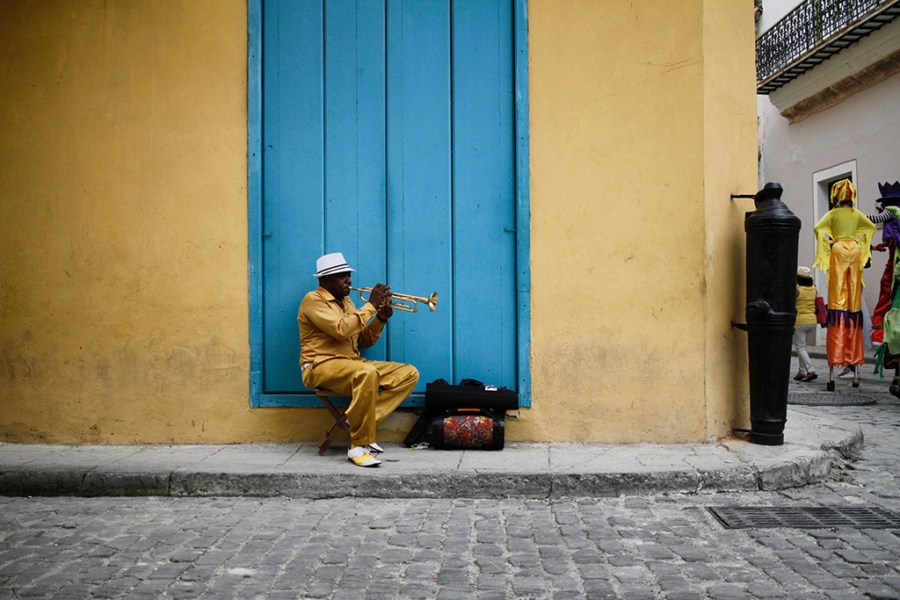8 Easy Facts About Street Photographers Shown
8 Easy Facts About Street Photographers Shown
Blog Article
Not known Facts About Street Photographers
Table of ContentsAn Unbiased View of Street PhotographersAn Unbiased View of Street PhotographersEverything about Street PhotographersStreet Photographers for DummiesAll About Street Photographers
A category of photography that records day-to-day life in a public location. The very publicness of the setup makes it possible for the photographer to take honest photos of complete strangers, often without their expertise. Road professional photographers do not necessarily have a social objective in mind, however they choose to separate and catch moments which may otherwise go undetected (Street Photographers).He was influenced by numerous of those that affected the street professional photographers of the 1950s and '60s, he was not primarily interested in capturing the spirit of the street., that functioned side by side with professional photographers trying to capture the essence of city life.
Due to the somewhat primitive technology available to him and the lengthy direct exposure time required, he struggled to catch the pressure of the Paris roads. He trying out a series of photo approaches, trying to find one that would enable him to catch activity without a blur, and he located some success with the calotype, patented in 1841 by William Henry Fox Talbot. In contrast to Atget, professional photographer Charles Marville was employed by the city of Paris to develop an encyclopaedic document of Haussmann's city preparation task as it unfolded, thus old and new Paris. While the professional photographers' subject was essentially the exact same, the outcomes were substantially various, showing the influence of the photographer's intent on the character of the photos he generated.
Provided the fine high quality of his photos and the breadth of material, designers and artists typically purchased Atget's prints to use as recommendation for their very own job, though commercial passions were rarely his major inspiration. Rather, he was driven to photo every last remnant of the Paris he loved.
Street Photographers for Beginners
They reveal the city via his eyes. His work and fundamental understanding of digital photography as an art type offered as motivation to generations of photographers that adhered to. The future generation of road professional photographers, though they likely did not refer to themselves therefore, was ushered in by the photojournalism of Hungarian-born digital photographer Andr Kertsz.
Unlike his peers, Brassa utilized a larger-format Voigtlnder camera with a much longer exposure time, requiring him to be more computed and thoughtful in his practice than he may have been if making use of a Leica. (It is believed that he may not have been able to manage a Leica at that time, but he did, nonetheless, utilize one in the late 1950s to take colour photos.) Brassa's photographs of the Paris abyss brightened by man-made light were a discovery, and the compilation of the collection that he released, (1933 ), was a major success.
Cartier-Bresson was a champ of the Leica camera and one of the very first photographers to maximize its abilities. The Leica permitted the photographer to communicate with the environments and to record minutes as they happened. Its fairly little dimension additionally helped the photographer fade into the history, which was Cartier-Bresson's recommended strategy.
Unknown Facts About Street Photographers
It is as a result description of this essential understanding of the art of photo taking that he is commonly attributed with finding the medium all over again roughly a century since its development. He took photos for greater than a half century and influenced generations of photographers to trust their eye and instinct in the minute.
These are the concerns I shall try to address: And afterwards I'll leave you with my own definition of road digital photography. Yes, we do. Let's kick off with specifying what a meaning is: According to (Street Photographers) it is: "The act of defining, or of making something precise, distinctive, or clear"
No, absolutely not. The term is both limiting and misleading. Seems like a road photography check my source need to be pictures of a streets appropriate?! And all road professional photographers, with the exception of a handful of absolute novices, will fully value that a street is not the key part to street digital photography, and really if it's an image of a street with possibly a few monotonous people not doing anything of rate of interest, that's not street photography that's over here a snapshot of a street.
Everything about Street Photographers
He makes a legitimate point don't you believe? Nonetheless, while I agree with him I'm uncertain "honest public digital photography" will catch on (although I do type of like the term "honest digital photography") because "street photography" has actually been around for a long period of time, with many masters' names connected to it, so I think the term is below to remain.
You can shoot at the beach, at a celebration, in a street, in a park, in a piazza, in a cafe, at a museum or art gallery, in a metro terminal, at an occasion, on a bridge, under a bridge ...
Yes, I'm afraid we have no choice! Without policies we can not have an interpretation, and without a definition we don't have a category, and without a style we do not have anything to specify what we do, and so we are stuck in a "guidelines meaning style" loophole!
The Ultimate Guide To Street Photographers

Report this page